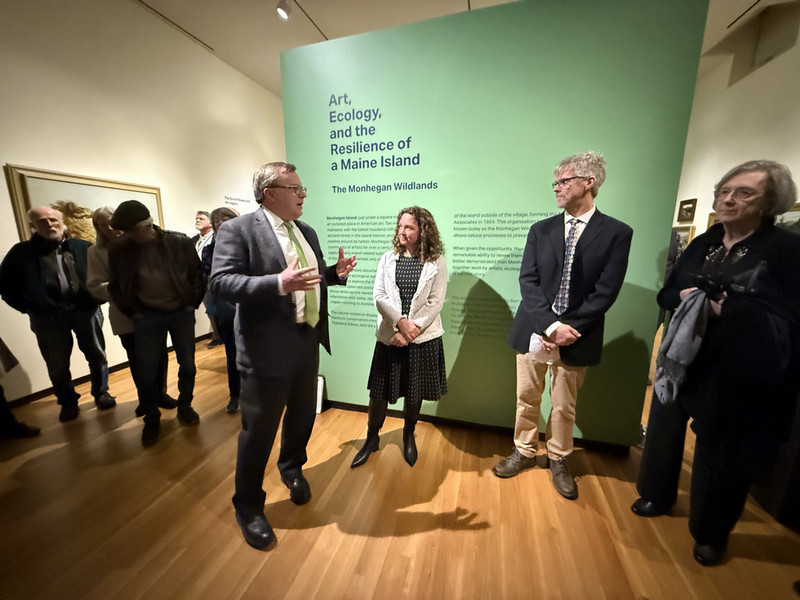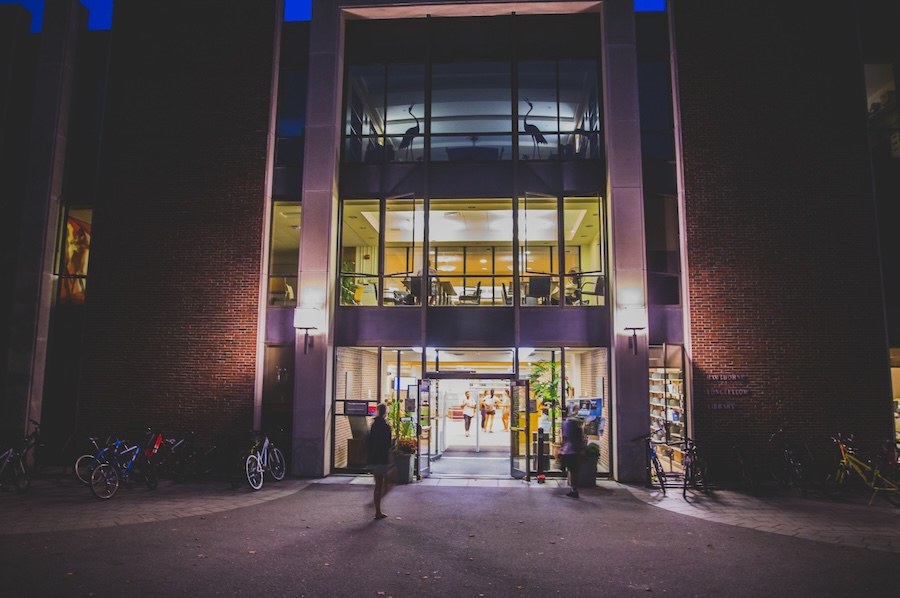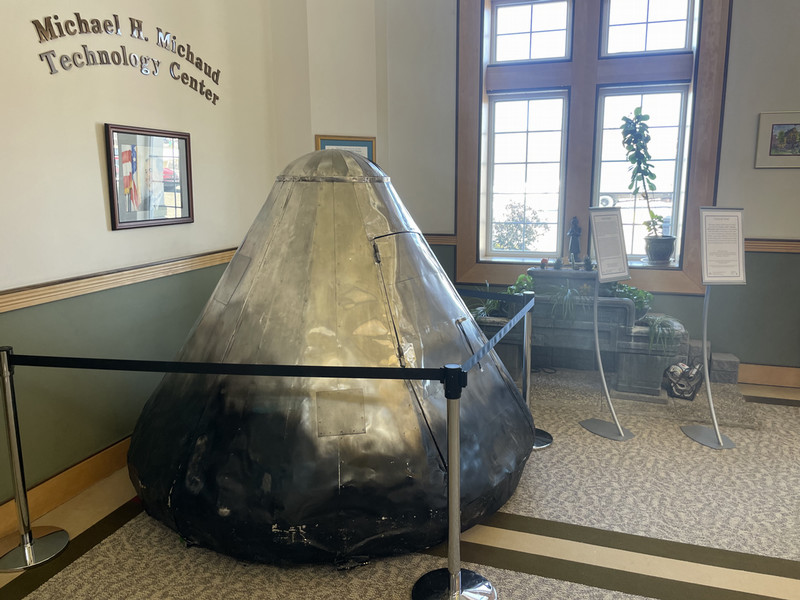Interview with Sarah Freshnock, ’17, Student Curator of Upcoming Museum Exhibition
By Bowdoin College Museum of ArtSarah Freshnock ’17 studies art history and visual arts at Bowdoin. She spent the summer of 2015 at the Museum as an Education Intern. In the summer of 2016, she was awarded a Bowdoin Humanities Fellowship to do printmaking research under the direction of assistant professor of art history Dana Byrd. Using research from the fellowship and a subsequent independent study with Professor Byrd, Sarah curated Urban Impressions: New York City in Prints, 1900-1940, which will open on March 30, 2017.
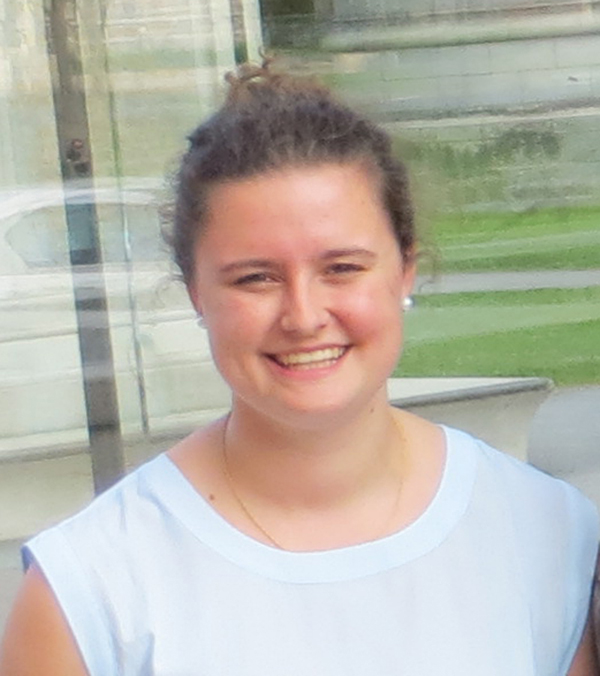
Eliza Graumlich ’17, one of the museum’s current Education Interns, interviewed Sarah about her experiences as a curator.
Where did your ideas for the exhibit originate?
In the fall of my sophomore year, I took an art history course called “American Art from the Civil War to 1945” with Dana Byrd. In that class we talked about printmaking and looked at prints at the Museum. Then, that summer, I was an Education Intern for the Museum and helped Joachim Homann do background research for Night Vision: Nocturnes in American Art, 1860–1960. I did research on Martin Lewis and had the opportunity to look through the Museum’s John Sloan print collection. Then, later, as I led tours through that exhibition, I noticed that few visitors understood printmaking. Everyone was asking questions about how the prints were made. This summer experience and the background information from my American art history class gave me the idea to propose an exhibition of early 20th century prints of New York from the collection. I thought it would be great to install a case that explains various printmaking processes. I think that element will help people visualize how artists are creating these images.
How did you decide which pieces to feature in the exhibition?
When I submitted a proposal for the exhibition to the Museum, I had a checklist of about thirty works. Then, over the summer, I read everything I could possibly find about New York City in the early twentieth century, especially the art and culture there and the artists that were on my checklist. I also went to the Museum as much as possible and had prints pulled from storage so that I could see them up close and examine how they were made. For example, the Museum has many prints by John Sloan. They’re all incredible in their own way, but some are smaller, some are larger, and some have more wear and tear. I wanted to be sure we got the best ones, and that decision could only be made when you see them in person.
The exhibition started with me thinking about John Sloan and Martin Lewis as two opposing forces in the way that they created prints. Martin Lewis works in a very dark drypoint, whereas John Sloan loved etching. Then, Ellen Tani helped me search the Museum’s collection and find the work of other amazing artists. Instead of two artists, we now have ten.
What’s your favorite piece in the exhibition?
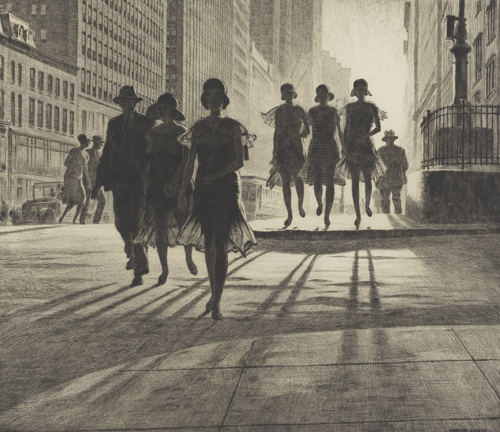
My favorite piece is probably Martin Lewis’ “Shadow Dance”. It’s so dark, so light, and there’s so much movement. It seems like light emanates from the piece itself. That’s really hard to do in printmaking, when you’re applying ink to a surface and then wiping it away. Lewis is creating light from the paper. I have yet to figure out how to do that. I’m very jealous of his talents.
As you were doing research, what surprised you the most?
These artists in New York City all knew each other. Many learned from each other and taught each other and were in each other’s lives. We have Kenneth Hayes Miller in the exhibition, for example, and he taught Reginald Marsh and Isabel Bishop, who are also in the exhibition. It’s interesting how these relationships were formed and how that’s visible in their work. Miller and Bishop are quite similar in the representation of their figures. Marsh’s work doesn’t look as similar to Miller’s, but you can still tell that Miller taught him to go outside and observe people.
What do you hope visitors get from the exhibition?
I hope visitors come away with an appreciation for how printmaking works and how great the Museum’s collection is. I don’t think many people realize how extensive it is and how many pieces we have within one specific time period. I also hope people leave understanding printmaking as high art, something more than illustration.

